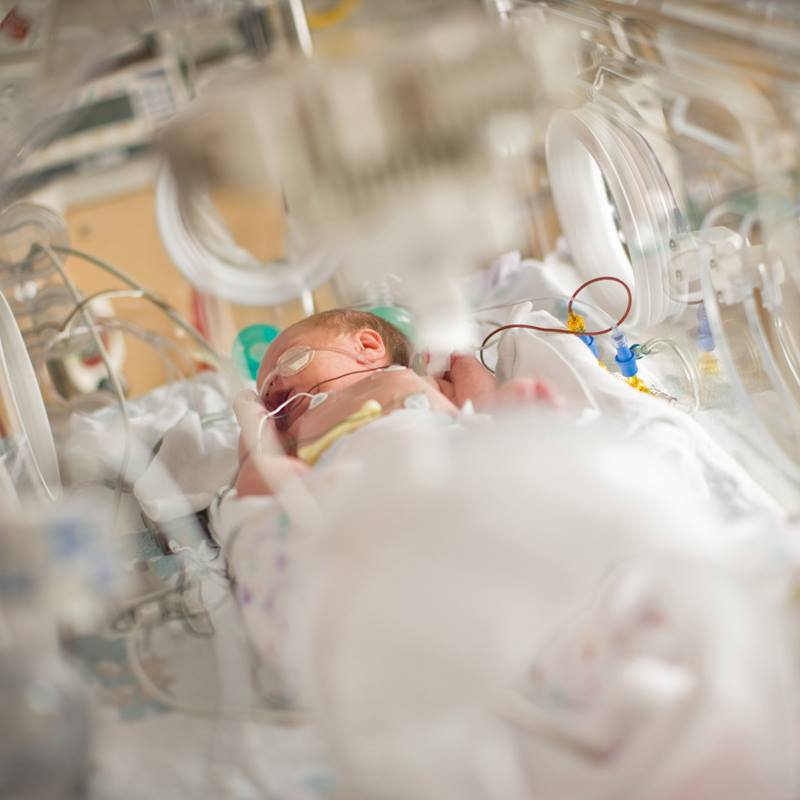Use Intermountain Connect Care®
Learn More.
How can we help?

The training program helps nurses, respiratory therapists and physicians prepare for patients born with breathing difficulties. It was trialed at Orem Community and found highly successful, improving resuscitation efforts by 80 percent since 2013. American Fork Hospital is also now using it with its staff.
“Before we started the program, many babies who were resuscitated needed additional care and were transported to our Newborn Intensive Care Unit. Now, many of those babies are experiencing better outcomes and are able to stay with mom after resuscitation,” said Stephen Minton, MD, Chief of Newborn Services at Utah Valley Hospital.
While most babies are delivered without complications, according to Dr. Minton, about 10 percent need some help with oxygen or other minor issues after birth. And one percent of the babies born need resuscitation in order to breathe. Even in an area with a high-birth rate like Utah County, one percent of births is still a small number. That makes newborn resuscitation an event labor and delivery nurses and newborn staff don’t see every day.
National standards require healthcare workers to refresh their newborn resuscitation training once every two years. This long period in between certification and the infrequency of the resuscitations was problematic for maintaining skills and confidence, and the staff wanted more. Working together to solve the problem, Dr. Minton, Gordon Lassen, Respiratory manager at Utah Valley Hospital, and Jody Stevenson, unit educator at Orem Community, piloted this novel newborn resuscitation training program.
Their new training process now requires mandatory monthly testing to ensure staff are comfortable with the procedure and to ensure their skills stay sharp. During training, the hospital runs two mock resuscitations to give everyone involved the chance to practice their role safely. Each month, the staff are assigned a different role to play in the resuscitation so each caregiver is well-versed in all aspects of newborn resuscitation.
“Our staff are eager to have this training because of the knowledge and confidence it gives them during what can be a very intense and intimidating situation,” said Lassen.
The program has been so successful that Intermountain Healthcare plans to roll it out throughout its system and there’s also national interest in the program.
“This program has helped make resuscitation even better for our patients. We know how much the program has benefited our staff and our patients, and being able to share that with a wider group is really special,” said Lassen.